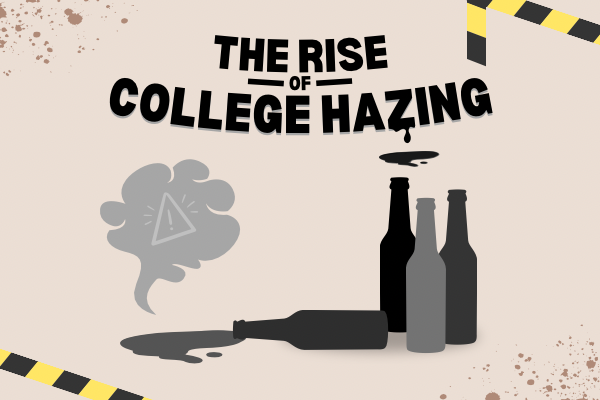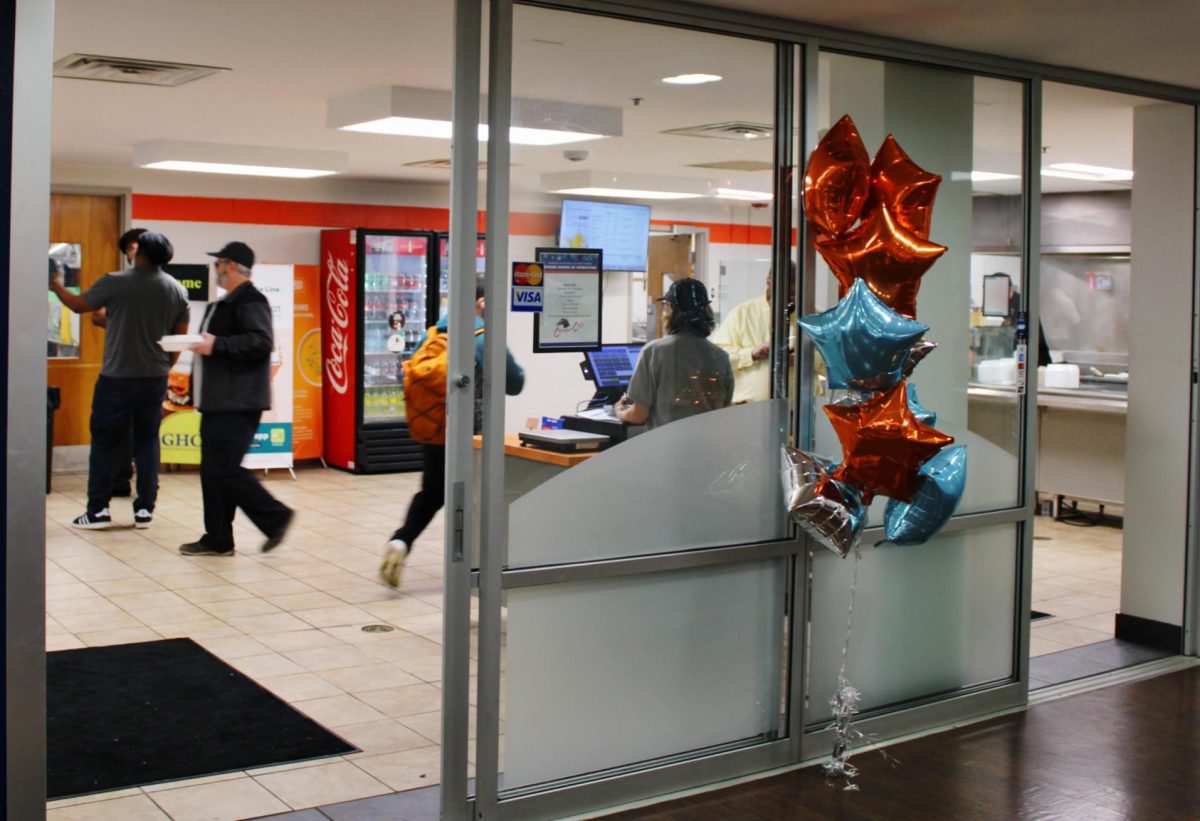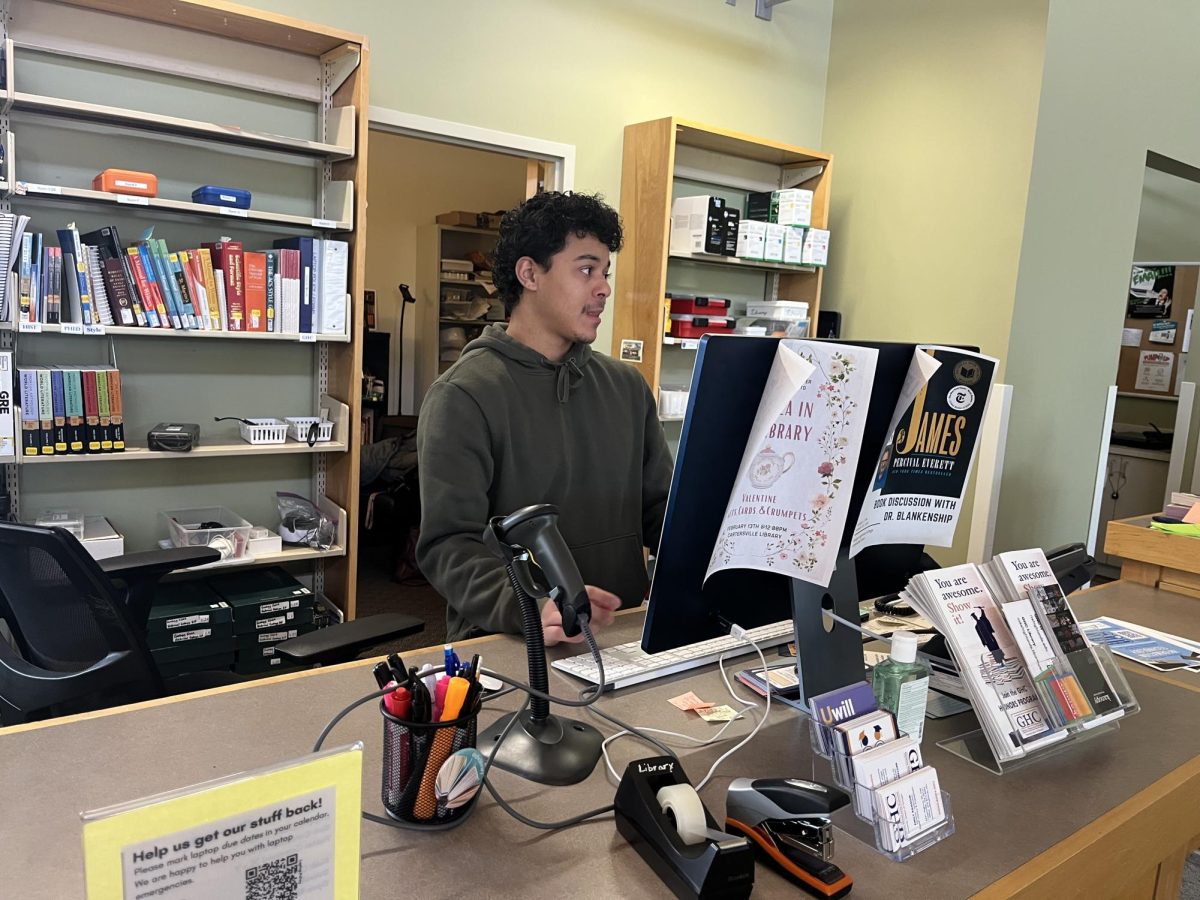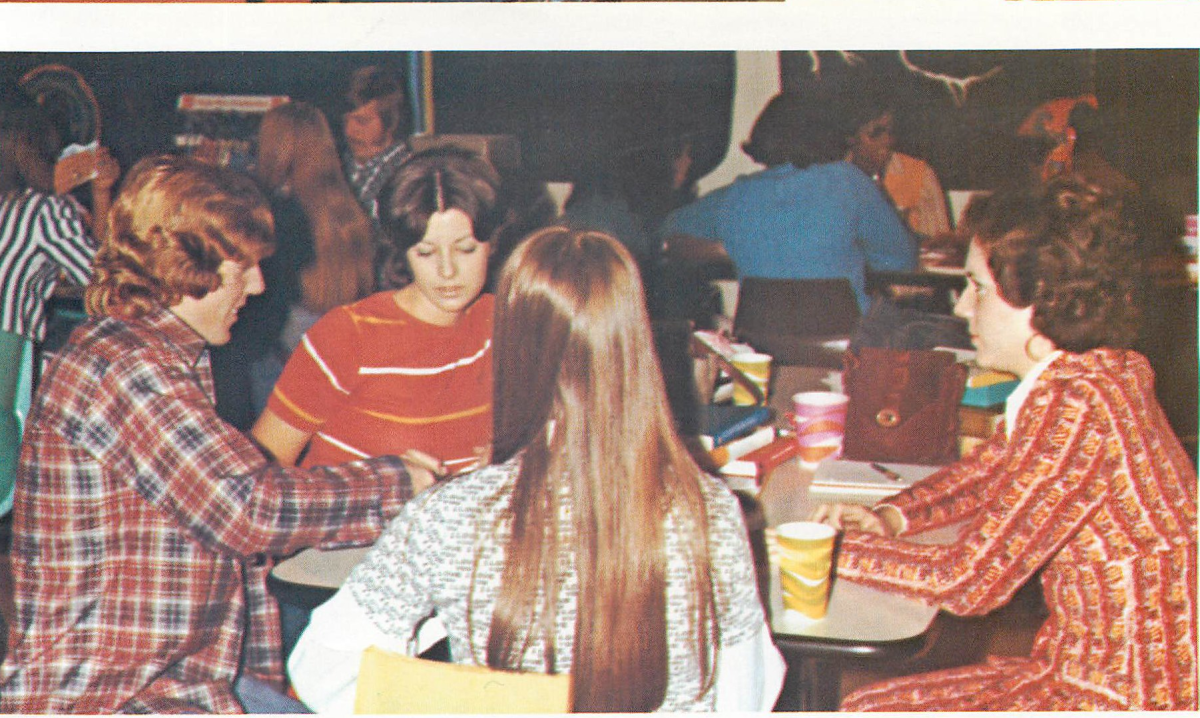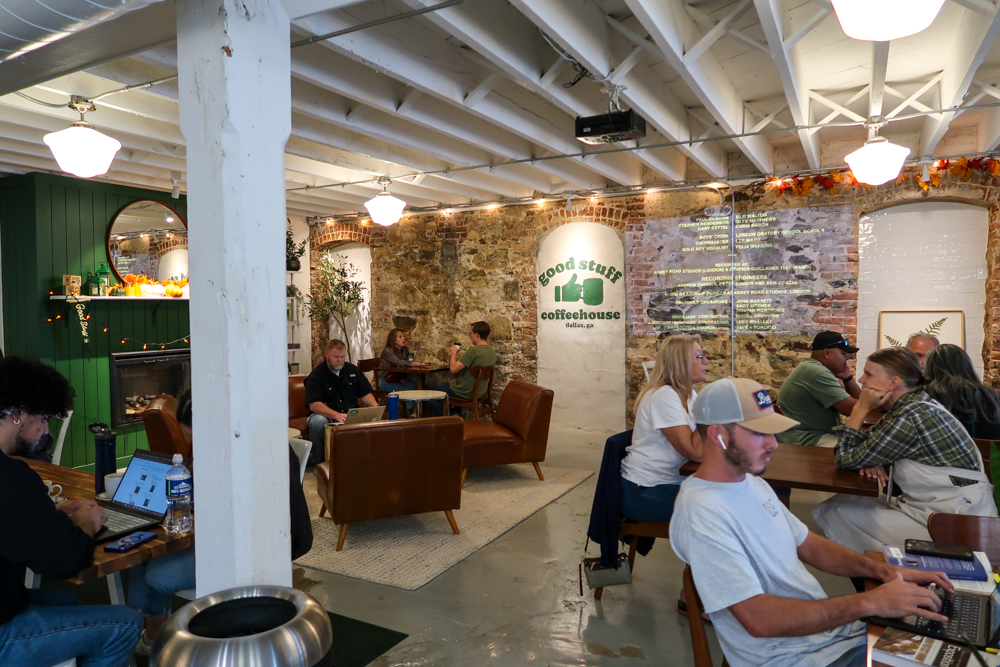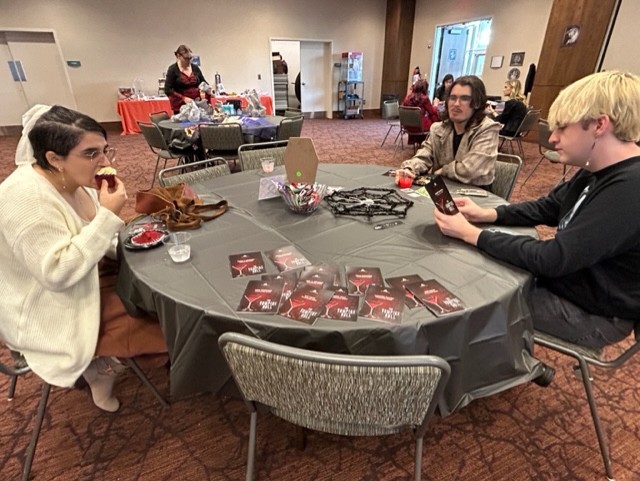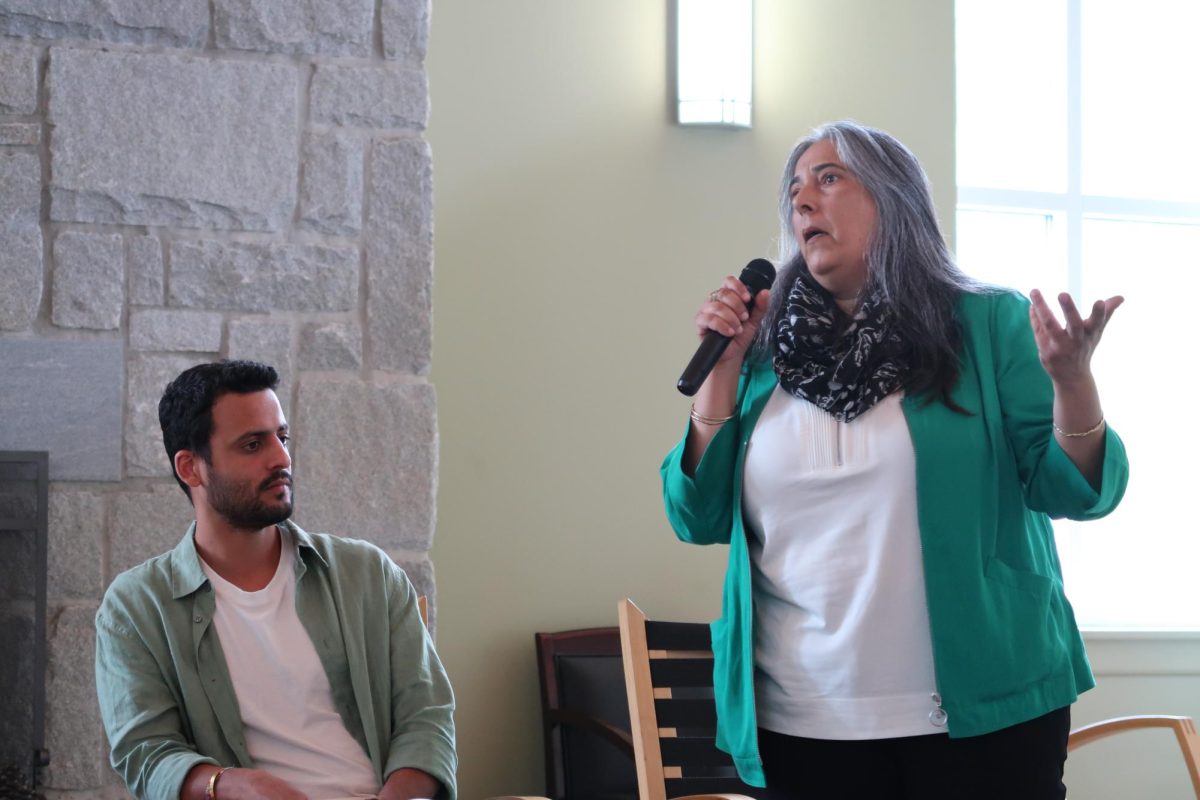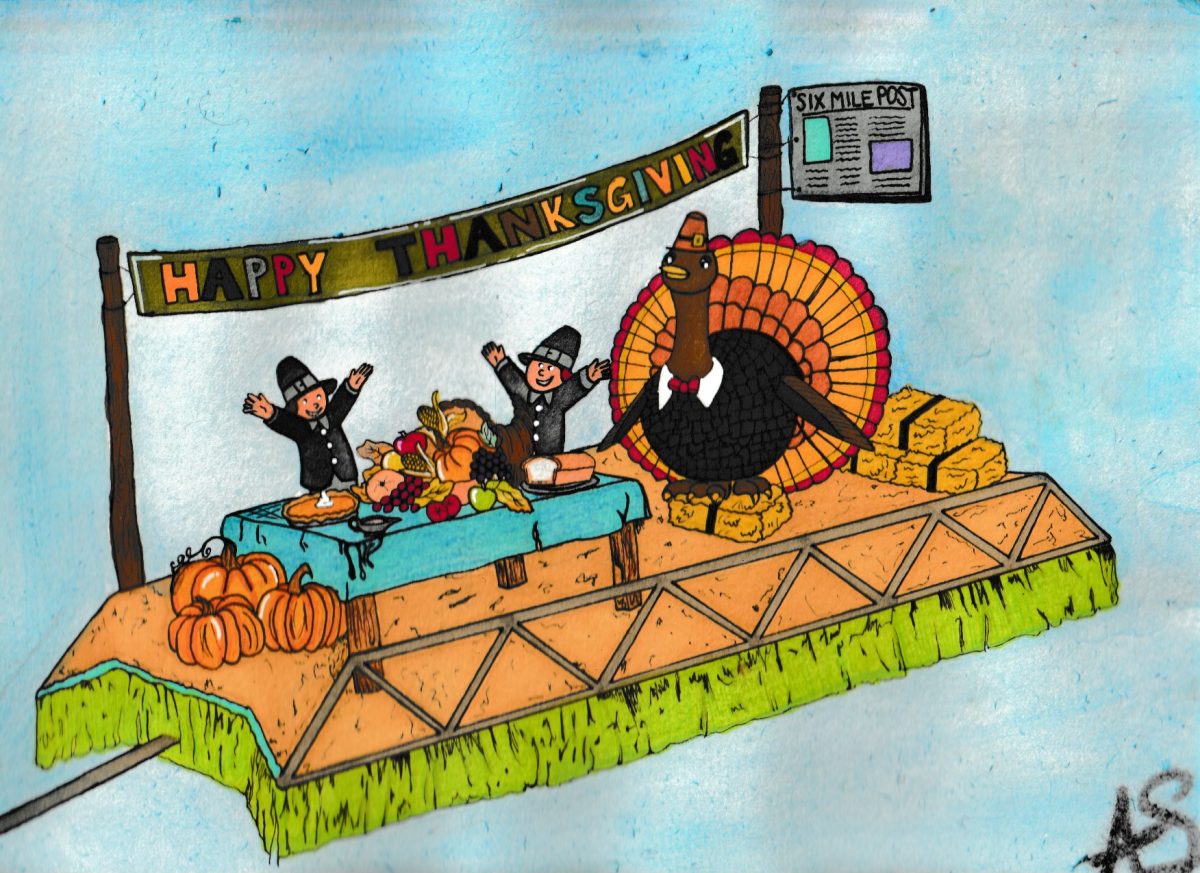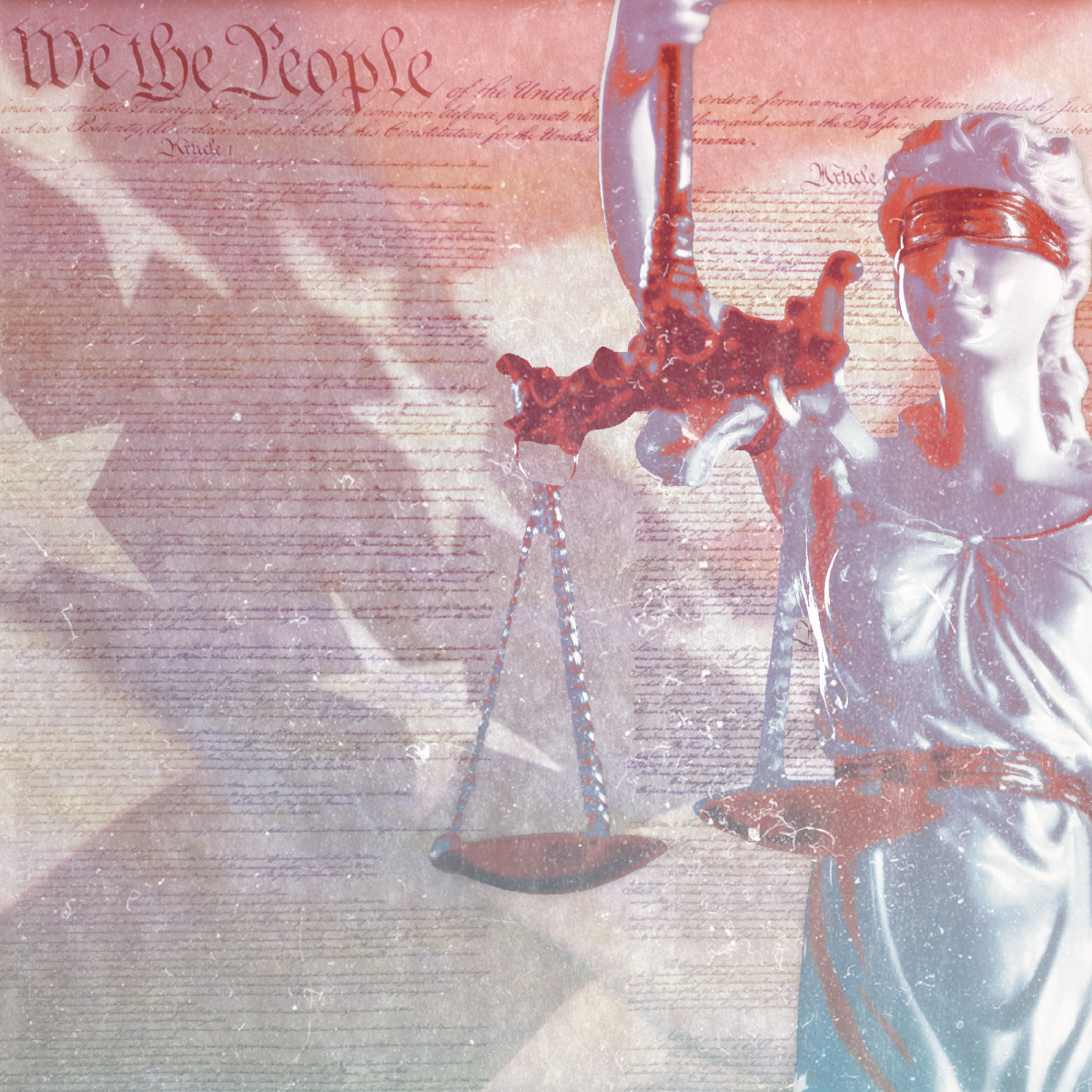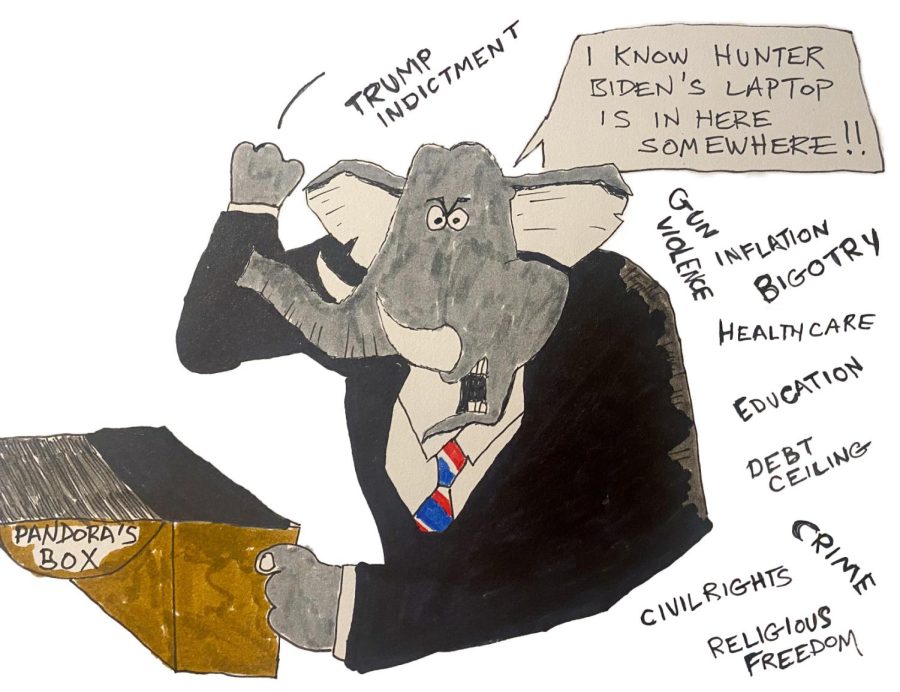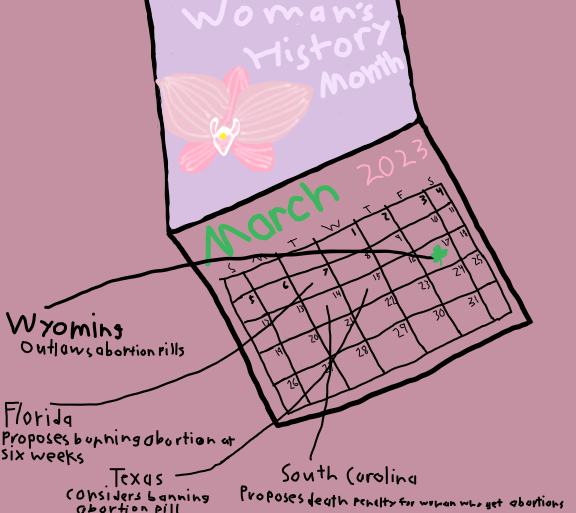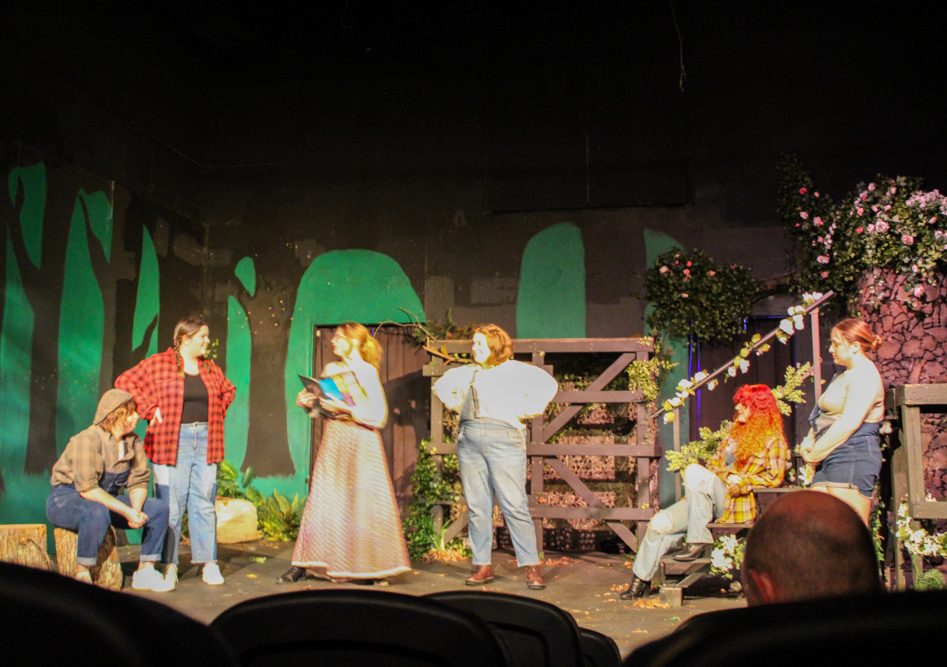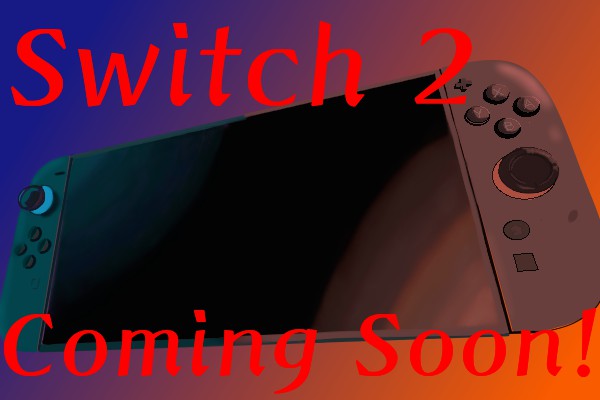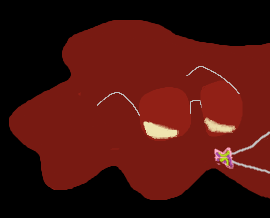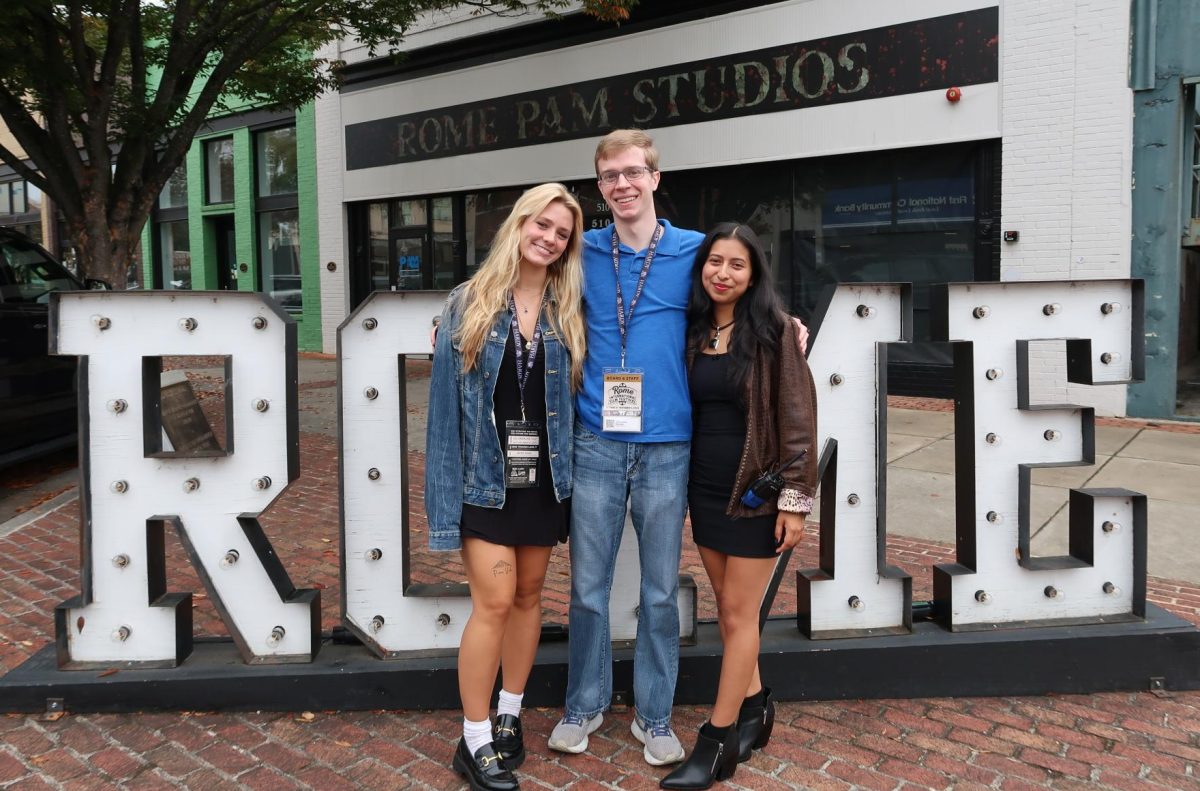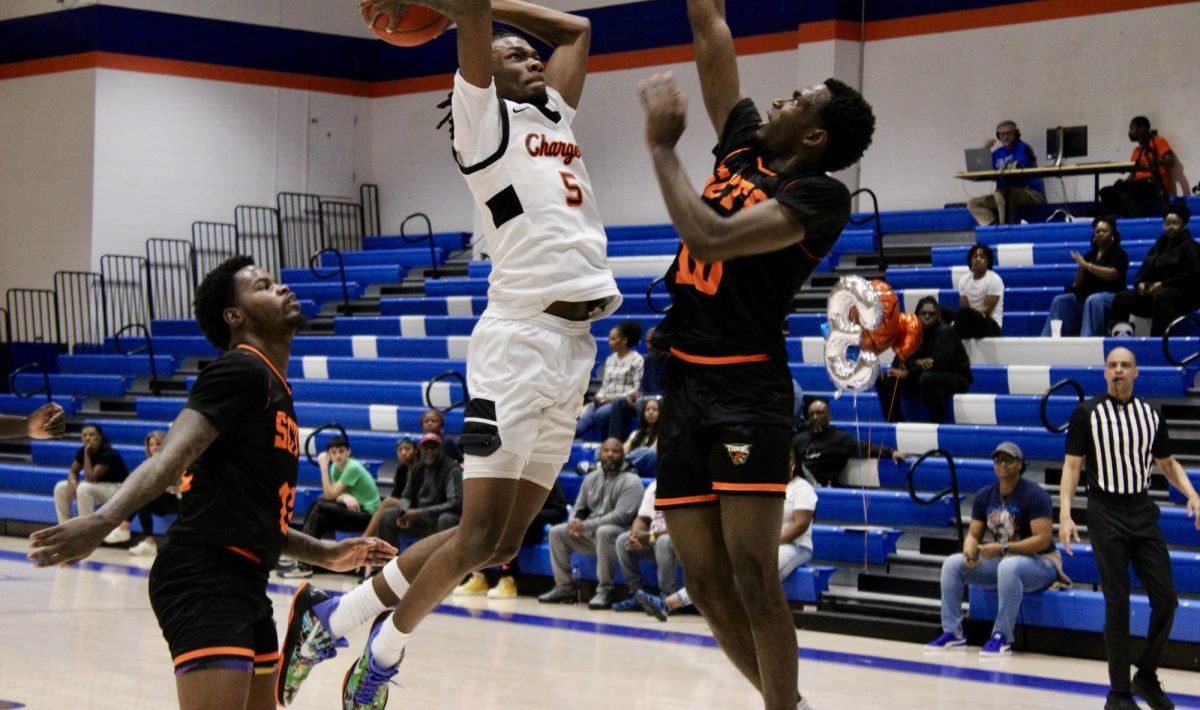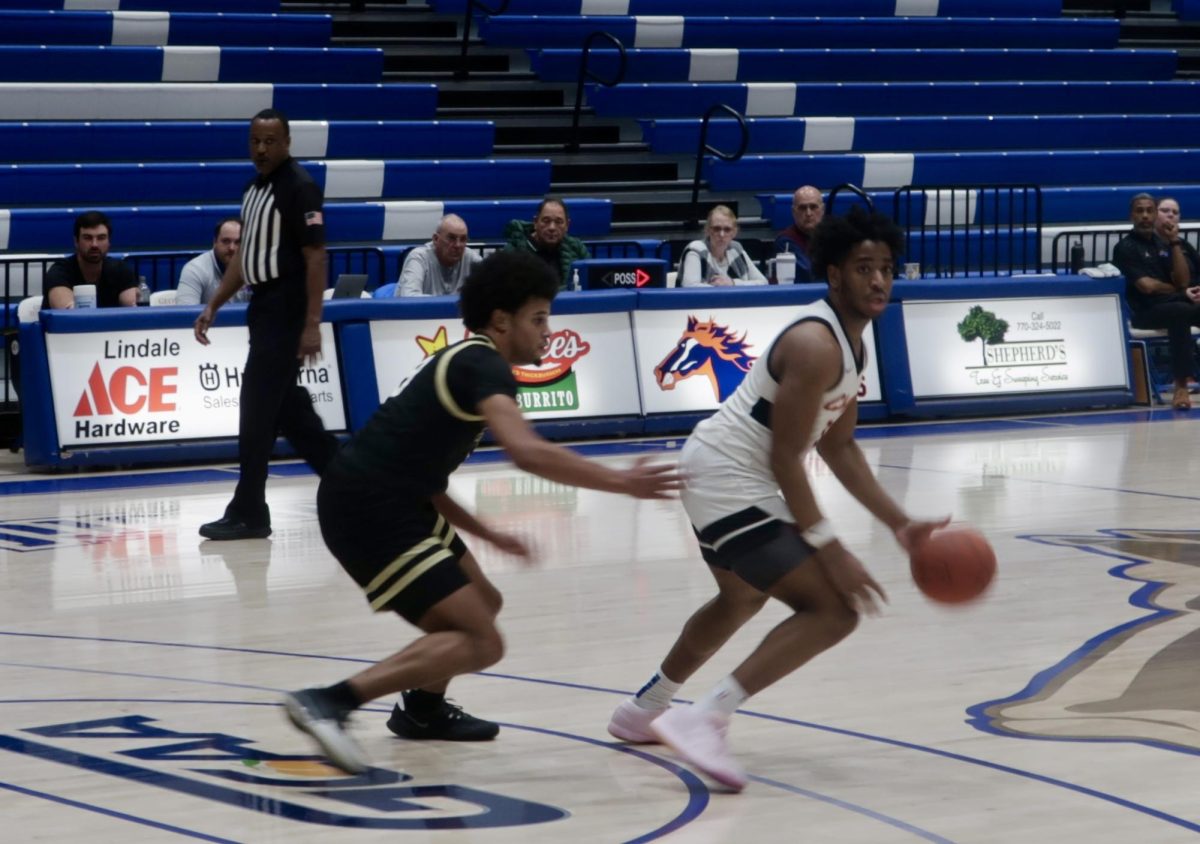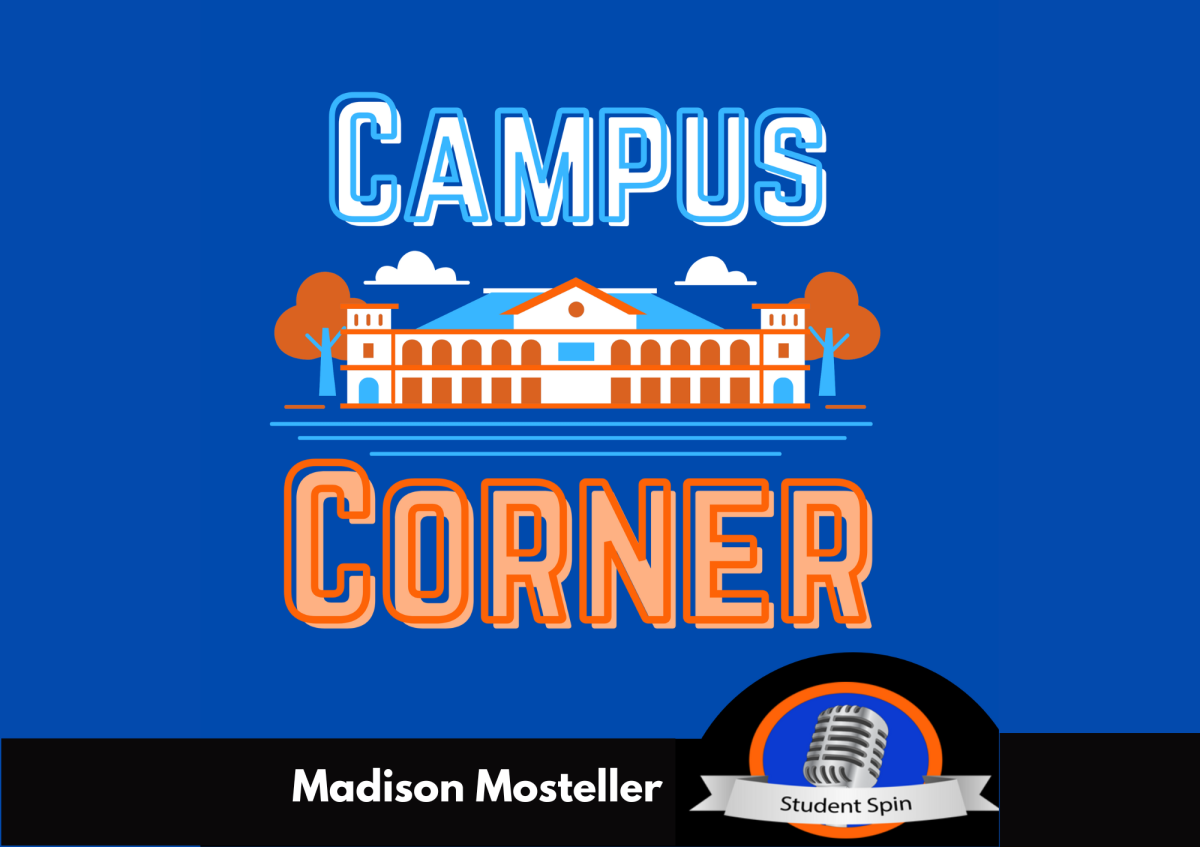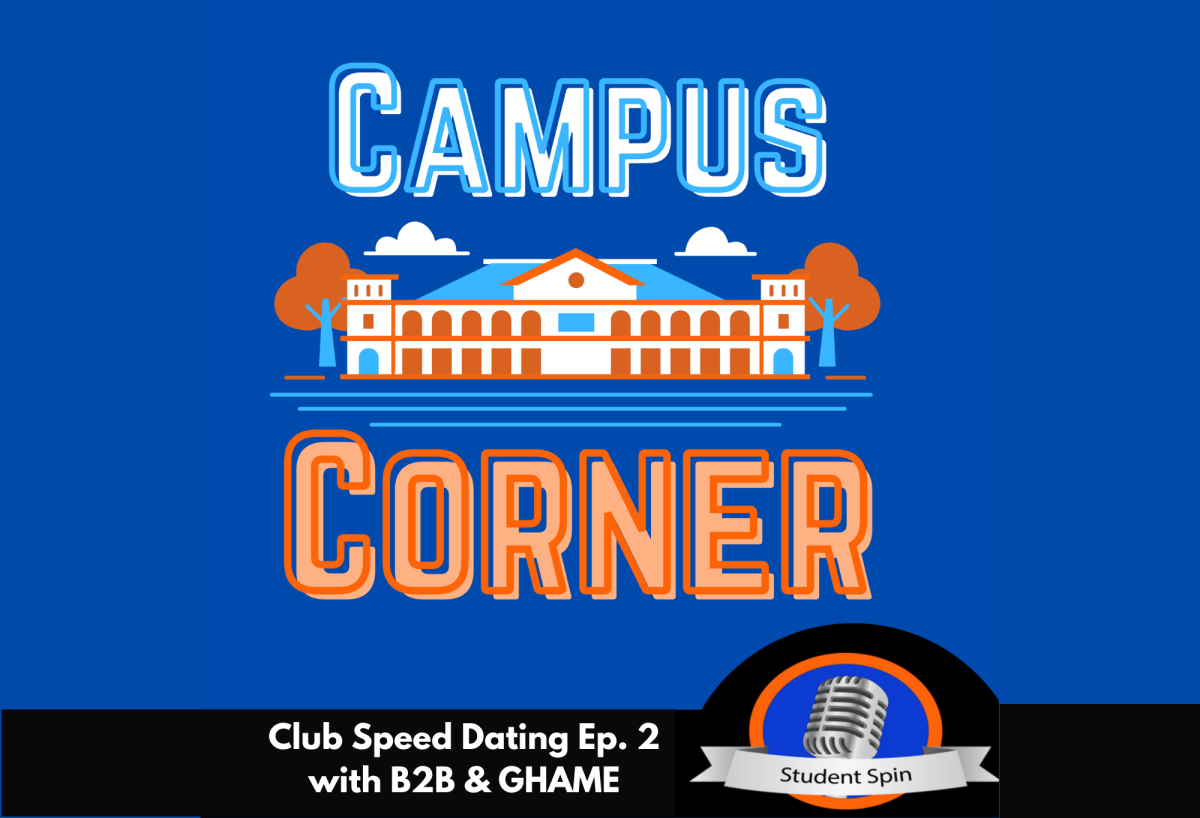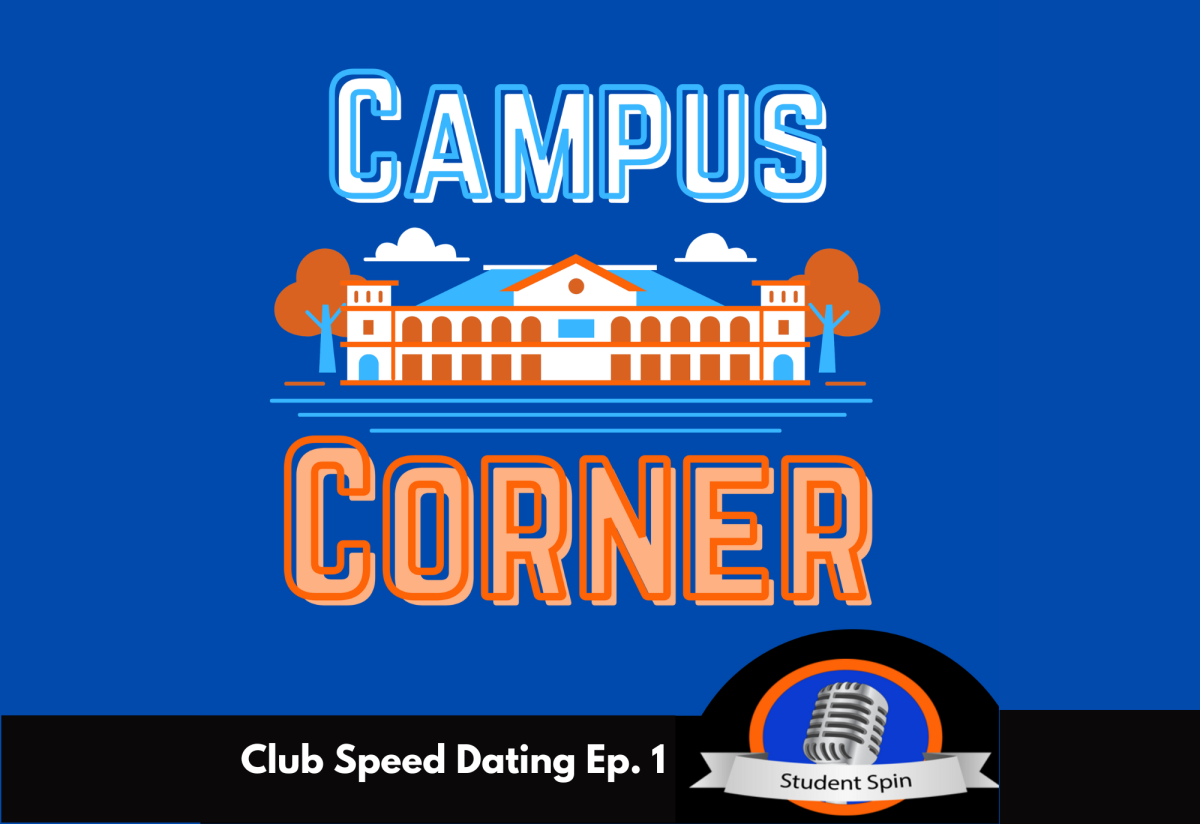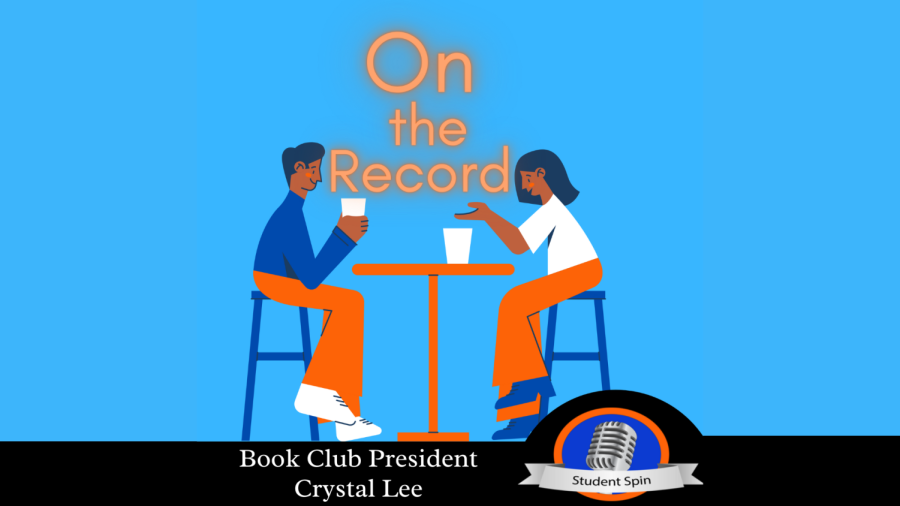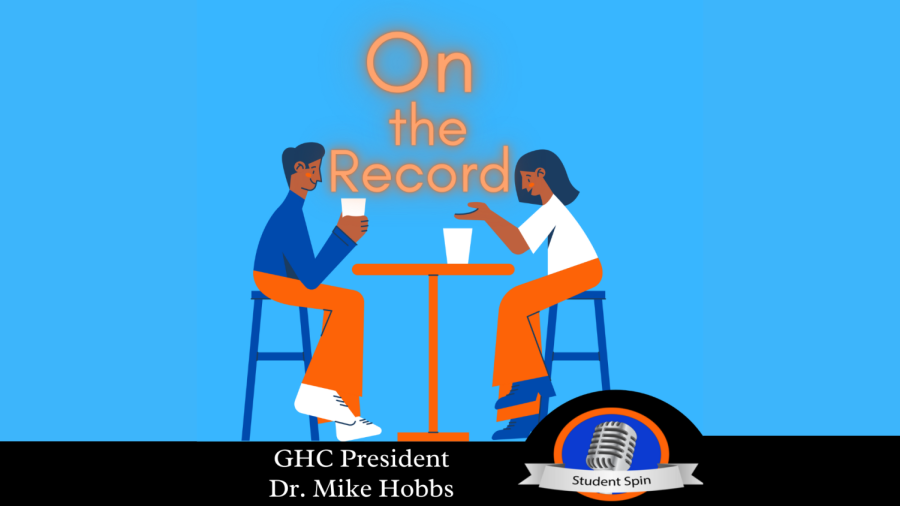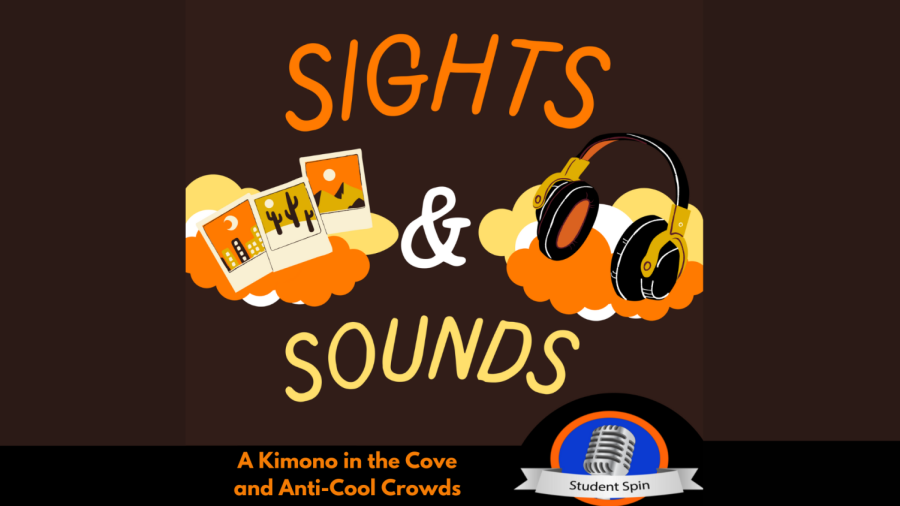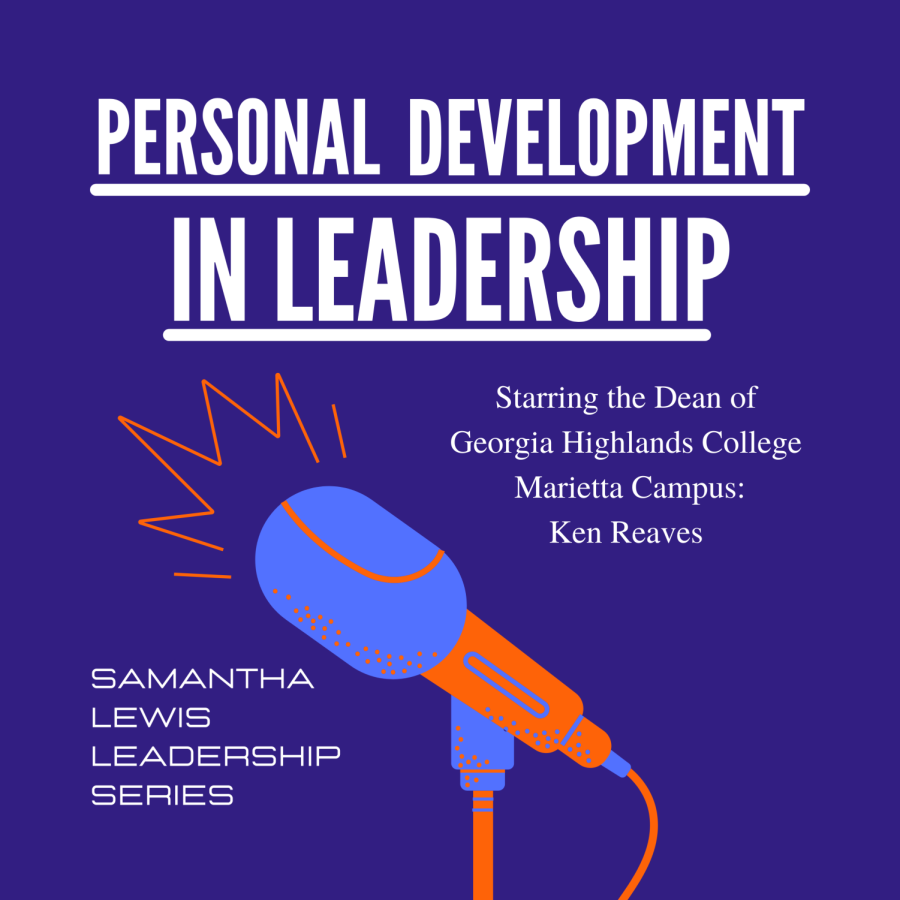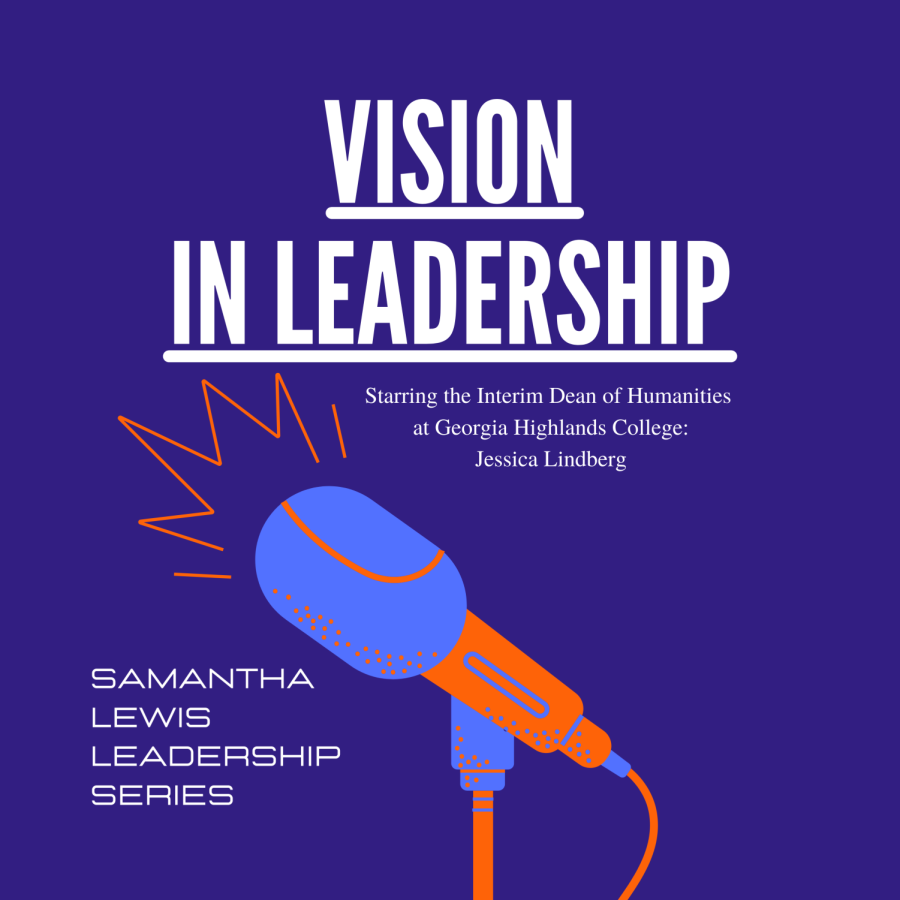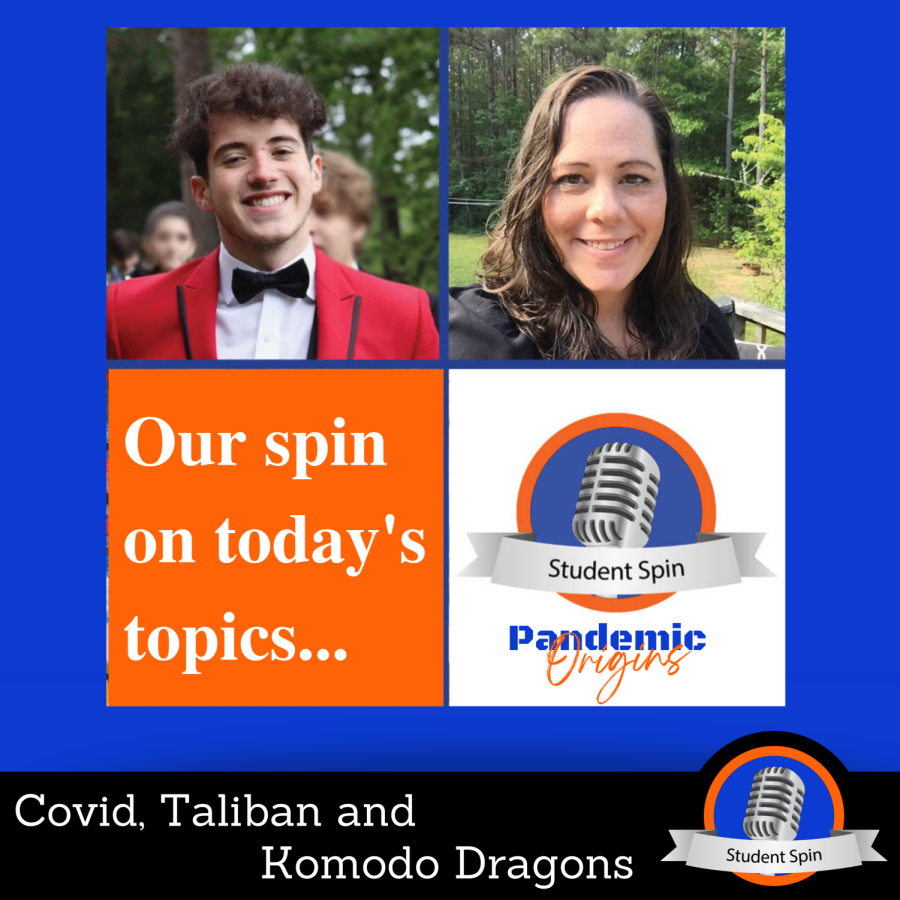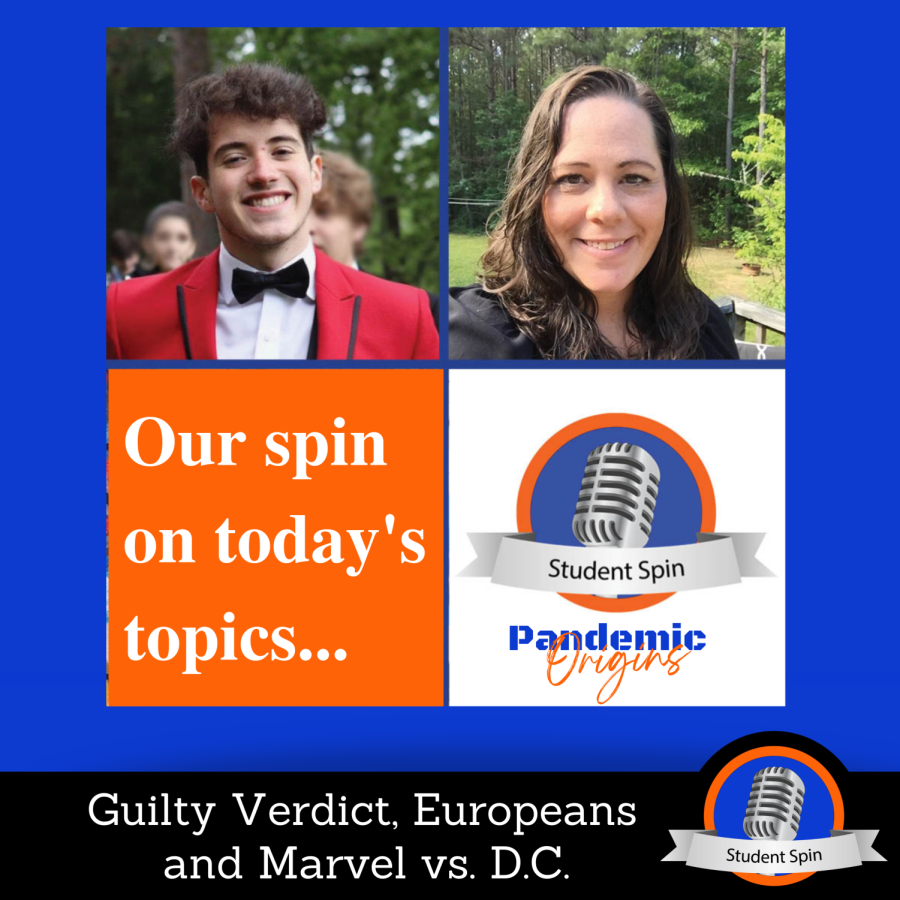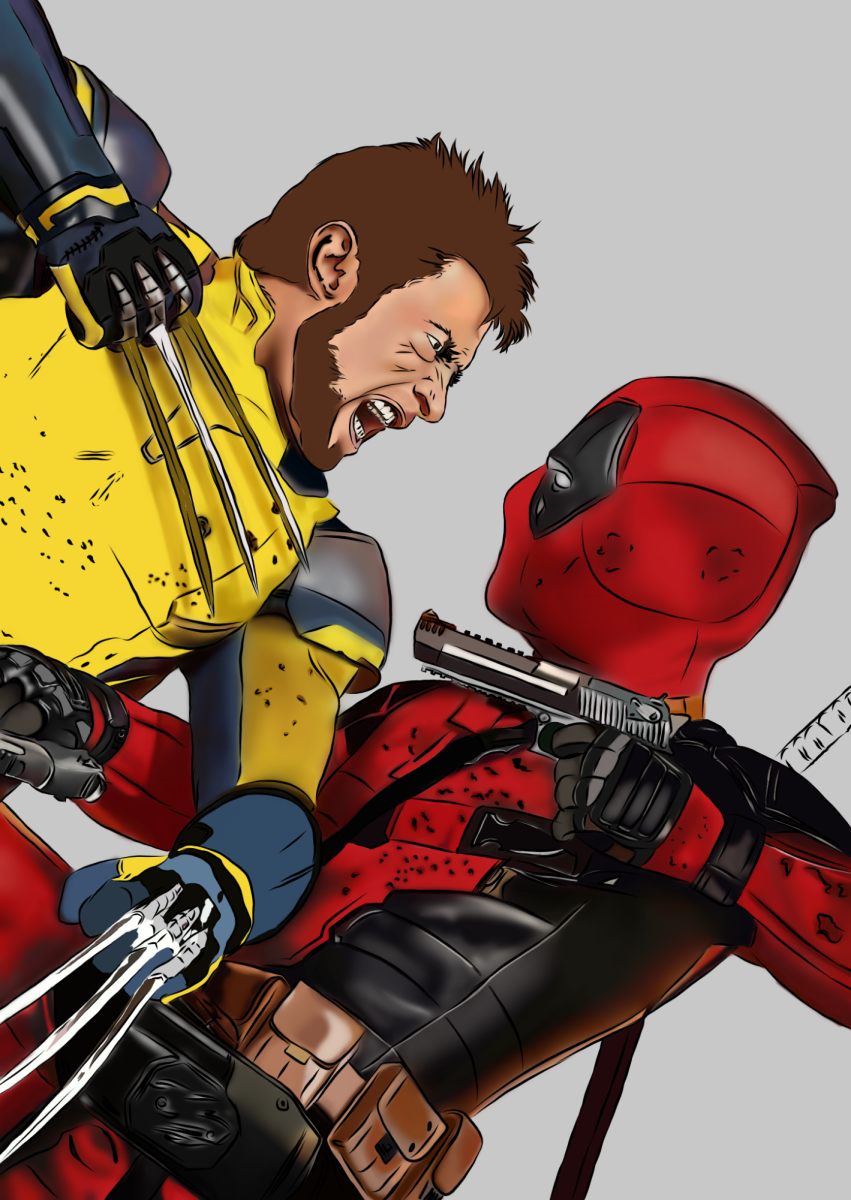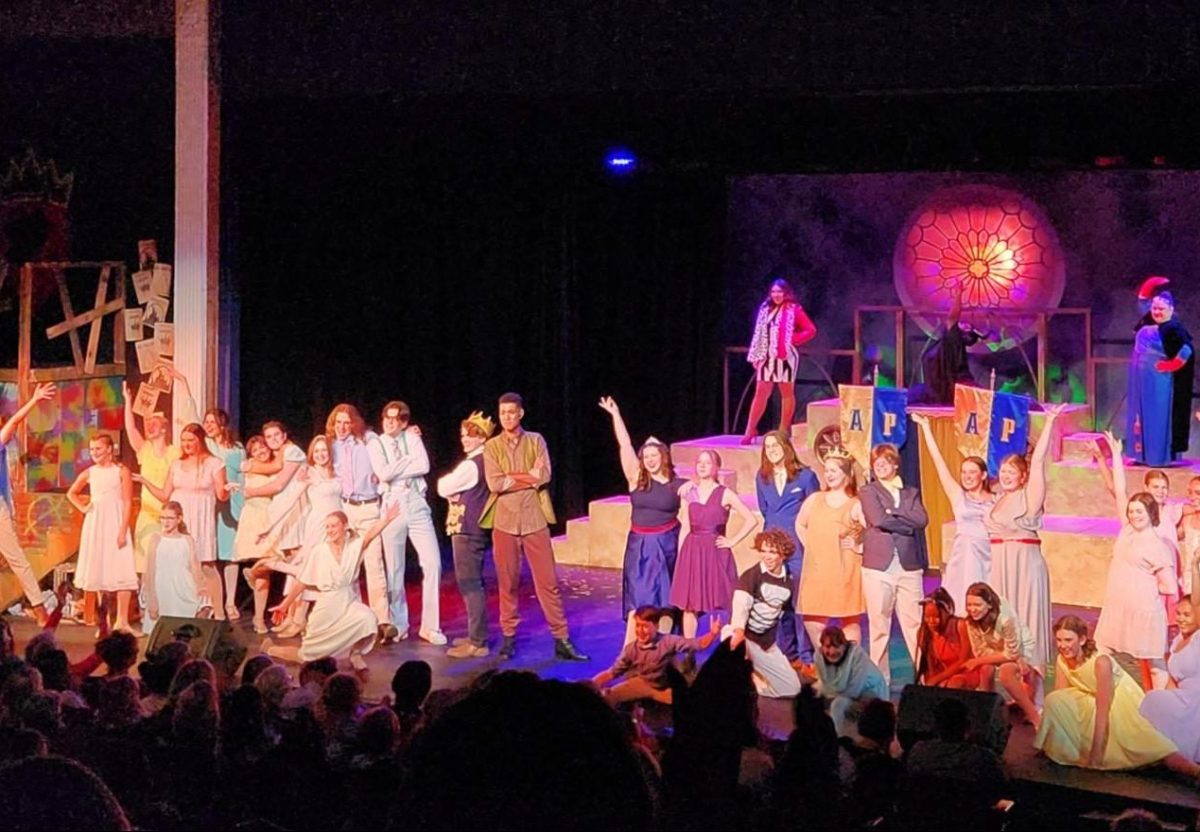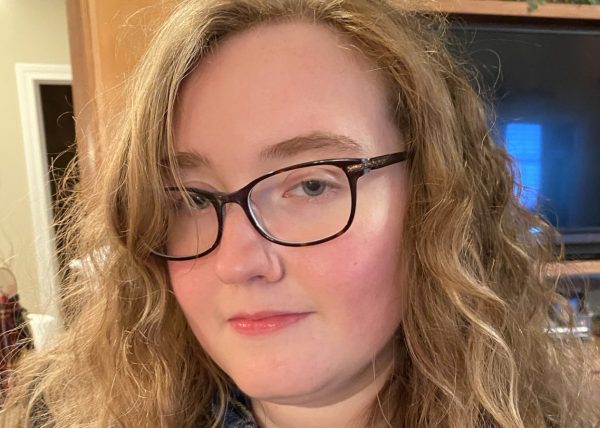On Nov. 1, Netflix released the Movie “Time Cut,” starring Madison Bailey (from “Outer Banks”), Antonia Gentry (from “Ginny and Georgia”) and Griffin Gluck (from “Tall Girl”). The film falls under the horror and thriller genres, aimed at audiences 14 years old and older.
While the movie highlights how fashion has evolved since 2003, it also explores family relationships from a fresh perspective. The violence in the film is both gruesome and disturbing.
“Time Cut” begins in the town of Sweetly in 2024. It introduces Bailey’s character, Lucy. She is an intelligent girl who receives a scholarship to a summer program but does not tell her overprotective parents, fearing they won’t let her go.
The story explores how Lucy’s sister and many of her friends were killed in 2003 by the Sweetly Slasher. While visiting her sister’s grave on the anniversary of her death, she discovers a time machine that activates, sending her back to 2003 before any of the murders occur. Lucy meets her sister and works with her to unmask the killer.
While the film made it to Netflix’s top 10 movies in the U.S., it is being harshly compared to the Amazon original “Totally Killer.” A Time Cut Review, published by Empire states, “Curiously, it also bears an almost identical premise to last year’s Halloween streamer ‘Totally Killer.’”
While the two movies share a similar concept, they follow different storylines. They appear to be distinct films that began with a shared idea.
The films “Time Cut” and “Totally Killer” share themes of family relationships and time-traveling teenagers who ultimately change their lives. Both movies feature killers who also time travel and highlight the sacrifices family members make to save one another.
A key difference lies in the time machines. “Time Cut” uses a small black box with a component from Lucy’s dad’s workplace, revealed at the end. “Totally Killer” introduces Amelia as the builder from the start but offers fewer details about the machine itself. In both movies, the protagonists accidentally travel back in time rather than intending to save everyone.
The costuming and portrayal of the time periods in both films could use improvement. In “Timecut,” the depiction of 2003 focuses heavily on Ugg boots and low-rise jeans. While the movie incorporates some classic songs from the era, it relies mostly on clichéd fashion trends.
In “Totally Killer,” the late 1980s come to life with bright colors and distinct hairstyles typical of the time. The major difference lies in the chosen time periods, with 2003 being more recent, which impacts the depth of traveling back to that era.
Overall, the films share similarities but are entirely different stories, each deserving an individual watch while still inviting comparisons. Although reviews like Empire highlight parallels between the movies, they are neither copies nor sequels.

